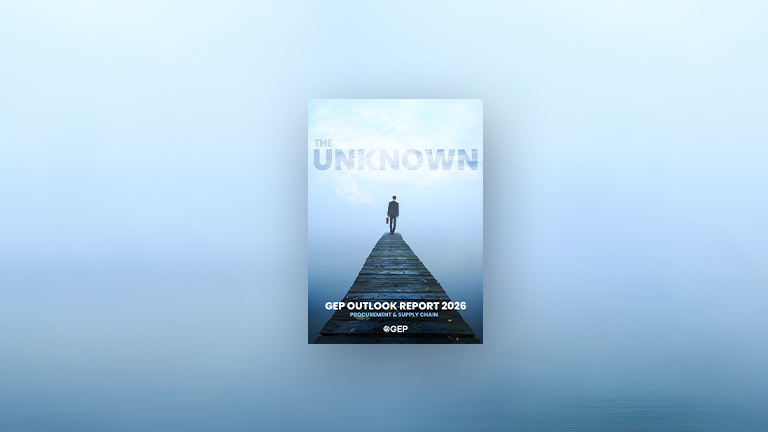
Why AI is Earning a Place in Public Procurement
- AI is being quietly integrated into public procurement to support precision.
- Examples from several countries show AI flags fraud, errors, and anomalies.
- It helps public procurement teams make better decisions without losing accountability.
September 26, 2025 | Procurement Software 4 minutes read
Public procurement doesn’t often draw attention outside government circles, but it shapes how public money is spent. Every contract for infrastructure, equipment, or services passes through this system—one that values precision over speed and caution over novelty. Artificial intelligence (AI) is beginning to find a place here.
In the UK, the Competition and Markets Authority is using a machine learning tool to flag potential bid-rigging across public contracts. The tool scans years of tender data and spots patterns that warrant investigation. It’s not flashy, but it works. Contracts worth over £300 billion are now subject to automated scrutiny.
Talk to Our Experts
What Other Countries Are Doing
This kind of application is becoming more common.
Across countries like the U.S., India, Mexico and Ukraine, AI is being introduced into public procurement. Not to overhaul it, but to help with routine problems: detecting fraud, improving compliance, reducing manual errors.
In Mexico, for instance, a predictive model developed by data scientists and civil servants, nicknamed "hyper-forest," is helping identify corrupt contracting practices.
It looks not only at pricing data, but at the often-overlooked relationships between buyers and suppliers. In several cases, it has flagged contracts for further investigation before public money was spent.
Ukraine’s Prozorro platform takes a different approach, combining open data with simple AI analytics to give both regulators and the public a view into procurement patterns. Journalists and civil society groups use it to track irregularities such as bids that consistently win despite offering higher prices and to raise timely questions.
India’s Government e-Marketplace (GeM) has leaned on AI to sort and clean the chaotic mass of supplier data that feeds into the platform. Price comparisons, vendor suggestions, and basic compliance checks now happen in seconds, not days.
Meanwhile, in North Carolina in the U.S., procurement officials are using AI to analyze vendor proposals, summarize documents, and flag missing information, reducing the time spent on initial reviews.
Tools That Save Time and Reduce Errors
None of these systems are revolutionary. That’s the point. They’re tools built to support—not replace—officials who are already stretched for time and resources. The value comes not from headlines, but from hours saved and mistakes avoided.
Many of these AI tools handle the dull but necessary work that clogs up procurement teams: checking whether all tender documents are submitted, cross-referencing past supplier performance, flagging unusually low bids that might signal poor delivery prospects. These tasks don’t require interpretation. They require consistency.
There is also potential in using AI to benchmark pricing across regions or historical data. If a government agency is paying twice the typical rate for office supplies or basic maintenance services, AI can raise that flag quickly. That kind of real-time comparison used to take days. Now, it takes seconds.
Where AI Is Most Effective
Most governments are not trying to automate decision-making. They’re looking to automate what doesn’t require judgment: flagging outliers, detecting duplication, summarizing long documents, and maintaining consistency across high volumes of data.
When done well, it allows procurement professionals to spend less time on routine paperwork and more time on strategy, evaluation, and monitoring.
AI is gaining ground in fraud detection, supplier profiling, and document processing. Algorithms are learning to spot signs of bid manipulation or ghost vendors.
There is also growing interest in integrating AI with sustainability goals.
Some public agencies are experimenting with tools that analyze supplier disclosures, certifications, and third-party ESG ratings to support green procurement mandates. These efforts are still at an early stage, but could help standardize sustainability checks in high-volume procurement areas like construction or fleet sourcing.
The Limits of AI
But AI is not a cure-all. Public procurement data is often messy, fragmented across departments and formats. Algorithms trained on bad data will deliver flawed results.
And when AI is used to recommend vendors or score bids, the risk of bias, intentional or not, is real. Without proper oversight, automated tools can quietly reinforce old problems.
Procurement officers, by law, must ensure fairness and accountability.
A decision flagged by AI—say, excluding a bid for incomplete documentation—still needs human judgment. If a bidder contests the result, the agency must be able to explain how that decision was reached. “The system said so” doesn’t hold up in an appeal.
Getting the Basics Right First
This shift to AI won’t happen overnight. It requires not just software, but governance, training, and coordination. Agencies must agree on data formats, share best practices, and fund the right kinds of oversight. The technology isn’t the hardest part. The people part is.
Procurement staff need to be involved in shaping these tools, not just handed a dashboard. Without that grounding, AI becomes another layer of bureaucracy. Several governments that saw poor uptake in early AI pilots now emphasize co-design and modular rollouts that match actual needs.
Interoperability also matters. When procurement platforms, financial systems, and supplier databases don’t talk to each other, even the best AI tool struggles. Fixing data quality and connectivity is often the prerequisite to successful automation.
Helping with Outcomes
AI in public procurement is not a disruption story. It’s a slow, necessary adjustment. The best examples—from the U.K. to Mexico to India—show that well-scoped applications can yield real benefits without compromising trust. But these systems are only as good as the data and diligence behind them.
If AI helps procurement officials make fewer errors, avoid fraud, and get better value for public money, that’s enough. It doesn’t need to transform the system. It just needs to help it work better.
In time, AI might reshape how procurement is planned, tracked, and audited.
But the most effective change starts small: helping procurement professionals focus less on forms and more on outcomes.



